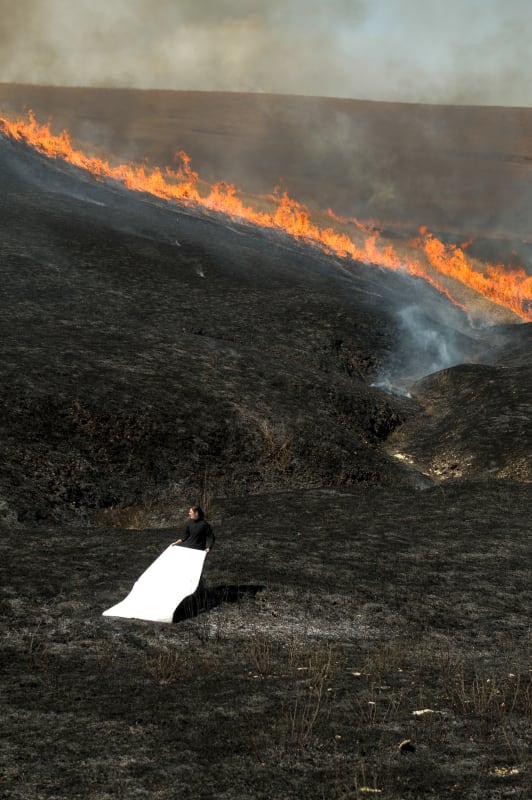Erin Wiersma's artistic practice stems from an interest in the history of the prairie as a place of its former inhabitants, its flora and fauna, and is an expression of a deep connection to this landscape.
Her Konza Prairie Drawings are abstract portraits of the landscape in sometimes highly condensed strokes in grey, black, green and earth tones with closely placed chords of lines, traces and scratches. Their all-over principle is an expression of the vastness of the landscape in which they are created. What's more, here nature itself draws a richly textured craquelure!
| 1982 born in Somerville, New Jersey US | |
| Lives and works in Manhattan, Kansas | |
| 2009 | University of Connecticut, M.F.A. |
| 2004 | Messiah College, B.A. |
| 2003 | Istitutio San Lodovico, Orvieto, Italien |
